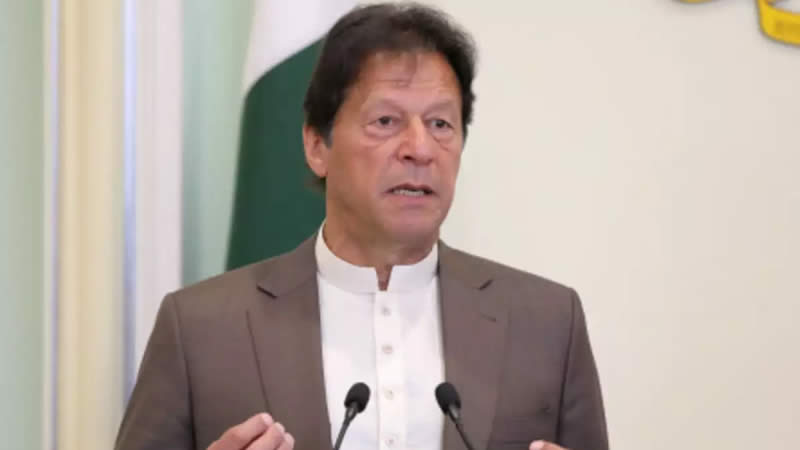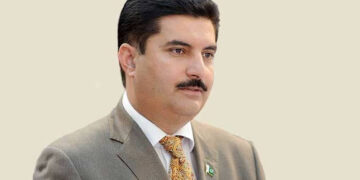 DUBAI: Banks in the UAE are sitting on a huge pile of cash deposits, but are reluctant to open their doors to needy borrowers while capital injection by financial institutions is a must to further boost the economy, according to analysts.Opinions were divided on whether banks would start increasing lending this year or they would continue to maintain the wait and see strategy. But majority of analysts expect credit growth this year.“The interbank market is very liquid. All the banks are flooded with liquidity whether it is foreign or local customer deposits,” a treasurer at an Abu Dhabi-based bank told Reuters. “You now face a situation where banks have sufficient cash to lend and corporates now have more profitable projects in which to utilise that cash,” said Mark Watts, head of fixed income at National Bank of Abu Dhabi Asset Management Group. “That is a very good driver for a return to normal markets.”Higher banks deposits do not indicate that they will lend a lot as it depends on three factors i.e. demand, supply and price. Higher interest rate is a major concern of businesses in the country as banks increased interest rates jumped significantly due to the global credit crunch.
DUBAI: Banks in the UAE are sitting on a huge pile of cash deposits, but are reluctant to open their doors to needy borrowers while capital injection by financial institutions is a must to further boost the economy, according to analysts.Opinions were divided on whether banks would start increasing lending this year or they would continue to maintain the wait and see strategy. But majority of analysts expect credit growth this year.“The interbank market is very liquid. All the banks are flooded with liquidity whether it is foreign or local customer deposits,” a treasurer at an Abu Dhabi-based bank told Reuters. “You now face a situation where banks have sufficient cash to lend and corporates now have more profitable projects in which to utilise that cash,” said Mark Watts, head of fixed income at National Bank of Abu Dhabi Asset Management Group. “That is a very good driver for a return to normal markets.”Higher banks deposits do not indicate that they will lend a lot as it depends on three factors i.e. demand, supply and price. Higher interest rate is a major concern of businesses in the country as banks increased interest rates jumped significantly due to the global credit crunch.
“It is not only an issue of deposits and loans as we don’t know exact interest rates banks are charging. It might be different from prime clients to others and businesses are not comfortable compared to their business plan,” Dubai International Financial Centre Authority Director — Macroeconomics & Statistics Dr Fabio Scacciavillani told Khaleej Times.Another reason for low lending could be that private sector is not keen in making big investments so they don’t need lending, Scacciavillani added.Although the country’s GDP has crossed Dh1 trillion mark in 2010 on crude prices, its impact on banking sector is still awaited.Last October, the country’s bank deposits surpassed loans for the first time since at least September 2009, according to central bank data. The credit growth in the country, that averaged over 30 per cent between 2005 and 2008, fell sharply to around three per cent last year.
“The main issue is NPLs [Non-Performing Loans]. We hope that banks are going to improve %5











